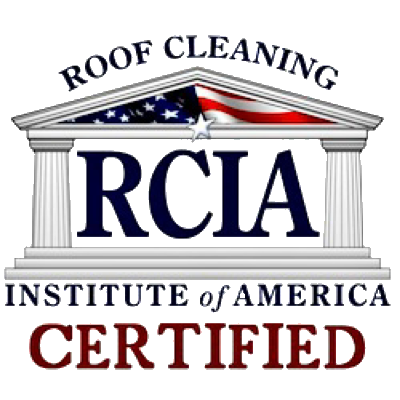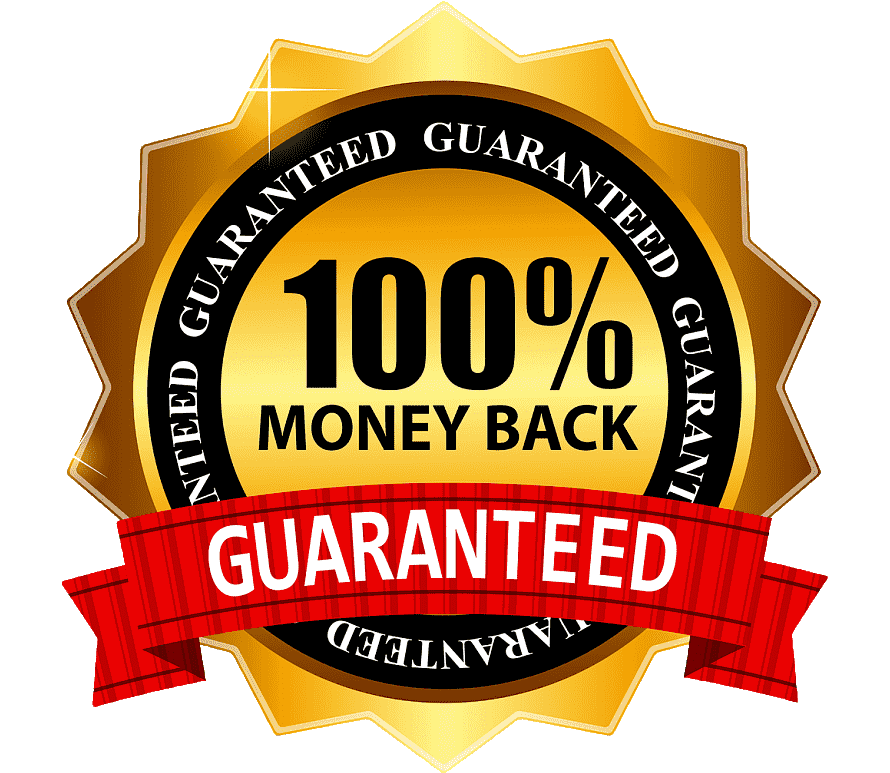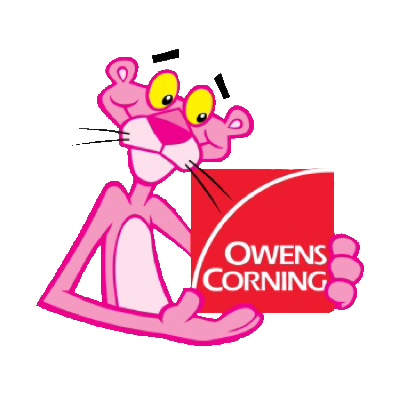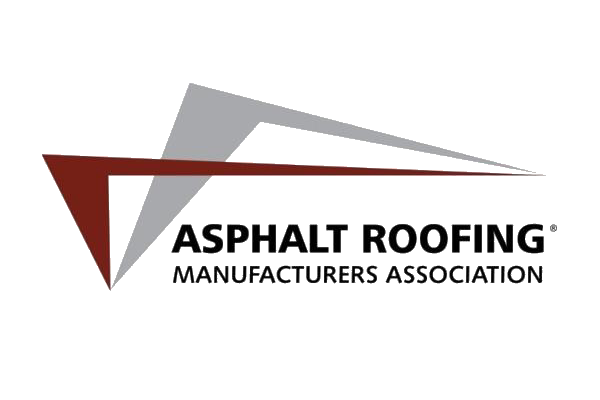HOA Common Area Cleaning
Power Washing Genie is a local pressure washing company operating in Southern New Jersey and surrounding areas. We only use the best equipment and cleaning products to achieve the best results. For fast and reliable HOA common area cleaning, contact us today to get a free quote!
Benefits of Hiring Professionals for HOA Common Area Pressure Washing
It’s important to schedule regular cleaning of your HOA common areas. Gum, dirt, grime, and mold accumulate over time, which can create the appearance of neglect. However, attempting to do this work by hand will take hours and the results may be average at best. Here are a few reasons why you should consider outsourcing the task to a professional pressure washing service company:
Fast and Fuss-Free
If you can manage to round up enough community members to do the work, it would still take at least an entire weekend to clean all HOA common areas. Plus, there’s no guarantee you can accomplish it well the first time around. With professional help, your HOA common areas will be clean in just a couple of hours.
Safe and Effective
Professional pressure washing companies know which methods and cleaning products to use to achieve unparalleled results. They also have the right tools and equipment to clean hard-to-reach places. Beyond that, pressurized water will remove all kinds of dirt without damaging the underlying surface.
Experience and Expertise
Professionals usually have years of experience pressure washing HOA common areas, giving them the knowledge and expertise required to carry out the job seamlessly.
Environmentally Friendly
Pressure washing uses 70% less water than a regular garden hose for cleaning. Most of the time, water is all that’s necessary to achieve a thorough cleaning. If needed, professionals often use non-toxic cleaning products to remove stubborn stains. Here at Power Washing Genie, we use eco-friendly ingredients to make our proprietary cleaning solution that is both gentle on the environment and effective against contaminants.
How to Clean Each Common Area
Maintaining the cleanliness of your community is one way to boost curb appeal and increase property values. Your HOA residents also expect clean surroundings and amenities at all times. Adopt the right cleaning methods for every common area in your community for outstanding results.
Sidewalks
Concrete sidewalks can suffer from notches when the wrong pressure level and notch are used. Start by sweeping away any loose dirt, dust, and debris. Then, degrease your sidewalks before moving on to thorough pressure washing. It is recommended to use a pressure level of 2,500 to 3,000 PSI coupled with a 25-degree nozzle and eco-friendly detergents to remove tough dirt and grime without the risk of damage.
Pool Areas
Mold, mildew, and grime are slip hazards in a pool area. Remove all these contaminants using soft washing. To clean your pool and remove dirt that has built up over time, use a detergent as a cleaning solution. For growths, use a mold and mildew detergent, low-pressure water, and a fan nozzle to avoid knocking the tiles loose. A mixture of household bleach and water should also work.
Make sure not to use too high a pressure, as the intensity can damage caulked seams and grout. Additionally, if there are any gaps in between tiles, seal them first as water can enter the openings and destroy the tiles from inside.
Gyms
As places that see a lot of sweat and dead skin, gyms and fitness centers require regular cleaning. To start, sweep away any loose dust and dirt. Wipe down surfaces using a damp cloth and dish soap. For metal surfaces, combine laundry detergent and water before rinsing off with water. To remove mildew, use a mixture of bleach and vinegar.
For carpets and upholstery, start the cleaning process by vacuuming the material. It may also be necessary to use a stain spot remover. For deeper cleaning, power washing is recommended. Apply detergent on the area, then use a pressure level of 1,600 to 1,800 PSI and a 25- or 40-degree nozzle to blast the carpet or upholstery with water to get rid of accumulated dirt and sweat.
Courts
To clean wood flooring in basketball courts, first sweep the area to remove loose dirt, dust, and debris. Use a wood cleaner for the surface before rinsing with low-pressure water (below 1,200 PSI) and a recommended 40- or 60-degree nozzle. Make sure not to use too high a pressure as the sheer force of the water can damage or etch the wood.
For concrete surfaces, use a degreaser, a pressure level of 2,500 to 3,000 PSI, a 25-degree nozzle, and laundry detergent.
Tennis courts are more delicate and, therefore, require less pressure. Use a mild detergent to clean the acrylic surface, scrubbing it with the help of a soft brush.
If there are mold and mildew, soft washing is preferred. Use a mixture of household bleach and water at a 2:1 ratio. Apply the mixture to the affected area and allow it to sit for a few minutes, scrubbing if necessary. Then, thoroughly rinse the area using a recommended pressure level of 1,800 PSI and a 25- or 40-degree nozzle.
Clubhouses
To clean concrete surfaces of a clubhouse, use a degreaser and laundry detergent before washing down using a 25-degree nozzle and a pressure level of 2,500 to 3,000 PSI.
Brick surfaces are more sensitive and tend to absorb moisture. As such, wet the area first with water before applying a detergent solution. It is best to use a soft washing technique to maintain the quality of the brick surface.
As for glass windows, it’s essential to first make sure they’re closed to avoid getting water inside the clubhouse. A cleaning solution or multi-purpose soap should work well to remove most contaminants. Use a soft brush to scrub the solution for thick or stubborn dirt. Then, using a recommended 40- to 60-degree nozzle and a pressure level below 2,000 PSI, wash the solution down.





